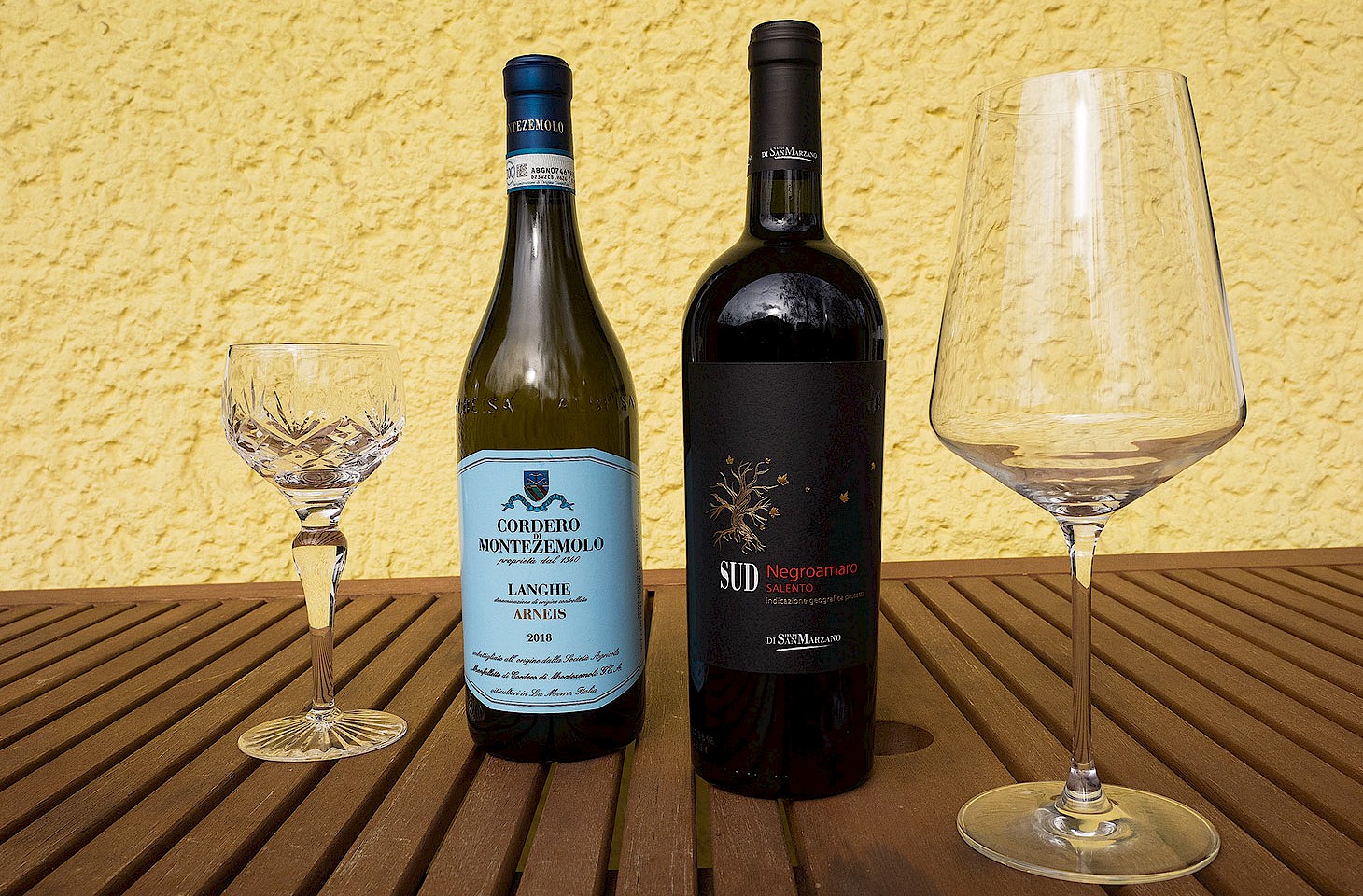Dear fellow travellers
The vintage railbus which shuttles to and fro in the Loir Valley has made its last run for the season. Yes, we do mean Loir and not Loire. Aren't those French rivers mightily confusing? All the more so because the waters of the Loir do eventually reach the Loire. Many of the visitors who take the train touristique down the Loir Valley stop off at the pretty town of Montoire.
The railway station at Montoire has a little museum which recalls events which took place there 75 years ago this week. Hitler was on his way from Berlin to meet General Franco in the Basque region town of Hendaye. On 22 October 1940, he stopped at Montoire-sur-le-Loir and met with Pierre Laval of the French Vichy administration. Montoire lies on a branch line but it's close to the main railway from Paris to the Spanish border. The proximity of a nearby long railway tunnel probably made Montoire a safe choice, giving the possibility of shelter for the Führer's train in the event of aerial bombardment.
Two days later Hitler was back in Montoire for a meeting with Marshal Philippe Pétain. This was where the famous handshake signalled the start of the Vichy government's collaboration with the Nazi regime.
Between the two Montoire meetings, Hitler travelled by train to Hendaye and back. Today marks the 75th anniversary of the meeting at Hendaye railway station between Adolf Hitler and Francisco Franco — the sole occasion on which the two leaders met. Hitler was busy assessing the pros and cons of cooperation with Spain and / or Vichy, so he was keen to meet Franco. Meanwhile, the Spanish leader saw possible benefits for Spain through a closer association with Germany.
The notion that Franco somehow hoodwinked Hitler into not invading Spain was an artful piece of Francoist propaganda that was to serve the Caudillo well in the post-war years. The Hendaye meeting started cordially, but deteriorated into a shambles. After several hours of discussion, followed by dinner, Franco returned to his train for the short trip back over the nearby border into Spain. As the train left, there was a severe jolt and Franco, who was standing by an open door, almost fell onto the platform. The Germans watched with amusement, and Hitler is reported to have said “Mit diesem Kerl ist nichts zu machen” (One can't do business with this guy).
Hitler's train headed back north overnight, as his staff confirmed the arrangements for the Führer's meeting with Marshal Pétain the following day. This wasn't the end of Hitler's train journeys in October 1940. Just five days after Hendaye, the Führer was greeted by cheering crowds as his train arrived at Santa Maria Novella station in Florence. The station's bold modernist lines suited the Fascist spirit. The Italian offensive in Greece had just started that morning, with several columns of Mussolini's troops crossing the border from Albania. Hitler went to Florence to meet the Italian leader.
It's odd, is it not, how railway stations shake off the burden of history? There is a small plaque at Hendaye which recalls the Hitler-Franco meeting. But nowadays it seems like the most prosaic of spots: a rather uninviting station where Spanish and French trains never connect properly, and where it seems that nothing of note could ever possibly have happened.
Nicky Gardner and Susanne Kries
(editors, hidden europe magazine)




